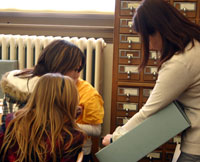 Lena Sheets has a master's degree in education and teaches world cultures at Smithton Middle School in Columbia. In December 2011, she brought 150 sixth-grade students to tour various collections on the MU campus, including Special Collections and Rare Books. This month, we'll hear from her and her students about their experiences with rare books and artifacts.
Lena Sheets has a master's degree in education and teaches world cultures at Smithton Middle School in Columbia. In December 2011, she brought 150 sixth-grade students to tour various collections on the MU campus, including Special Collections and Rare Books. This month, we'll hear from her and her students about their experiences with rare books and artifacts.
SC: How did you incorporate Special Collections into your teaching this semester?
Prior to going to special collections, students had been learning about the Early River Civilizations, such as Mesopotamia, and Egypt. Students then went to Special Collections and learned various ways that early civilizations communicated. Students wrote observations about the items they saw such as scrolls, papyrus, parchment and seals. Students then came back to school and wrote a brief story that incorporated the information they had learned about a particular piece.
What outcomes resulted from your class visits? What were the effects on your students?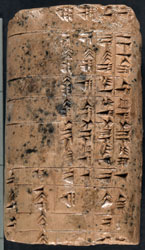
Students could make the connection between history and real people and objects that they have studied.Students are much more engaged in what they are learning and are more inquisitive. They would like to return again next year.
What advice would you give to faculty or instructors interested in using Special Collections in their courses?
If you are working with middle school students, it is important for them to have an activity to do while they visit. The presenters were very engaging and answered a ton of questions, but it just middle school nature for students minds to wander. With the outstanding presentation and a place to write down what they were learning, students were engaged the entire time and had great discussions when they returned.
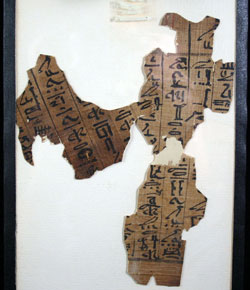 Any additional comments or suggestions?
Any additional comments or suggestions?
I think a visit to Special Collections is a great authentic experience that could fit any place in a unit, at the beginning to generate excitement or at the end to help students make real world connections outside the classroom, or even in the middle to do a little of both.
The staff at Special Collections were so patient and accommodating. In addition, they were full of knowledge about each artifact and kept the students thinking. I also appreciated that they took the time to let me preview the items my students would see. I couldn't contain my enthusiasm for the trip and I only hope, I can get funding to return again next year.
Browse stories by young writers from Lena Sheets' class below.

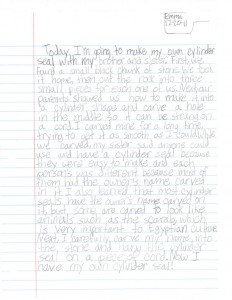

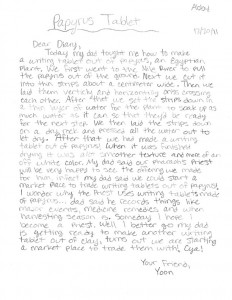
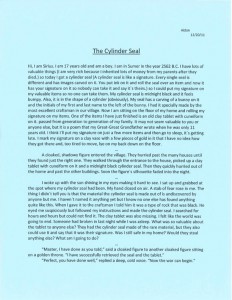
Know an inspiring educator or outstanding student you'd like to nominate for the Spotlight? Email us at SpecialCollections@missouri.edu.
 Jennifer Para is a freshman from Rogers, Arkansas, majoring in business. As part of
Jennifer Para is a freshman from Rogers, Arkansas, majoring in business. As part of 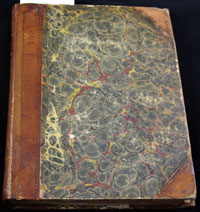 Glancing through rare books at Ellis Library, a certain leather bound novel with a delicate design imprinted into the spine catches your eye. The marbled paper cover reminds you of exquisite stones with white and gold specks reflecting the bouncing sun, meshed together in a pond of blood. Touching the book, you are surprised at its smoothness, and you wonder why the book does not fall apart at your caress. On the book’s spine you notice gold lettering revealing the title of the book: Aeneidos. This epic poem is a 1583 copy of Phaer and Twyne’s translation of Virgil’s Aeneid.
Glancing through rare books at Ellis Library, a certain leather bound novel with a delicate design imprinted into the spine catches your eye. The marbled paper cover reminds you of exquisite stones with white and gold specks reflecting the bouncing sun, meshed together in a pond of blood. Touching the book, you are surprised at its smoothness, and you wonder why the book does not fall apart at your caress. On the book’s spine you notice gold lettering revealing the title of the book: Aeneidos. This epic poem is a 1583 copy of Phaer and Twyne’s translation of Virgil’s Aeneid.
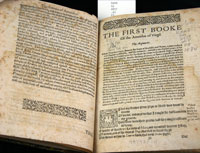 teen you find the authors’ letter to their readers. Phaer and Twyne intended their translation of the Aeneid to be read by “maisters and students of universities,” who “will not bee too much offended,” by their raw translation, and “pray they will correct the errors escaped in the printing.”
teen you find the authors’ letter to their readers. Phaer and Twyne intended their translation of the Aeneid to be read by “maisters and students of universities,” who “will not bee too much offended,” by their raw translation, and “pray they will correct the errors escaped in the printing.”
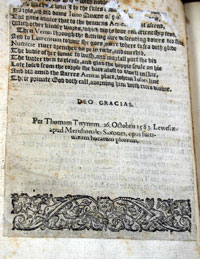 you see calligraphy and make out words “Hugh Bateman”, “Thomas Payne”, “1767 London”, “Dronfield”. Partaking in more research, you find record of several Hugh Batemans at Dronfield.
you see calligraphy and make out words “Hugh Bateman”, “Thomas Payne”, “1767 London”, “Dronfield”. Partaking in more research, you find record of several Hugh Batemans at Dronfield.

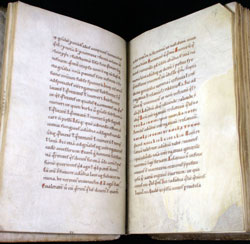 SC: What advice would you give to faculty or instructors interested in using Special Collections in their courses?
SC: What advice would you give to faculty or instructors interested in using Special Collections in their courses?